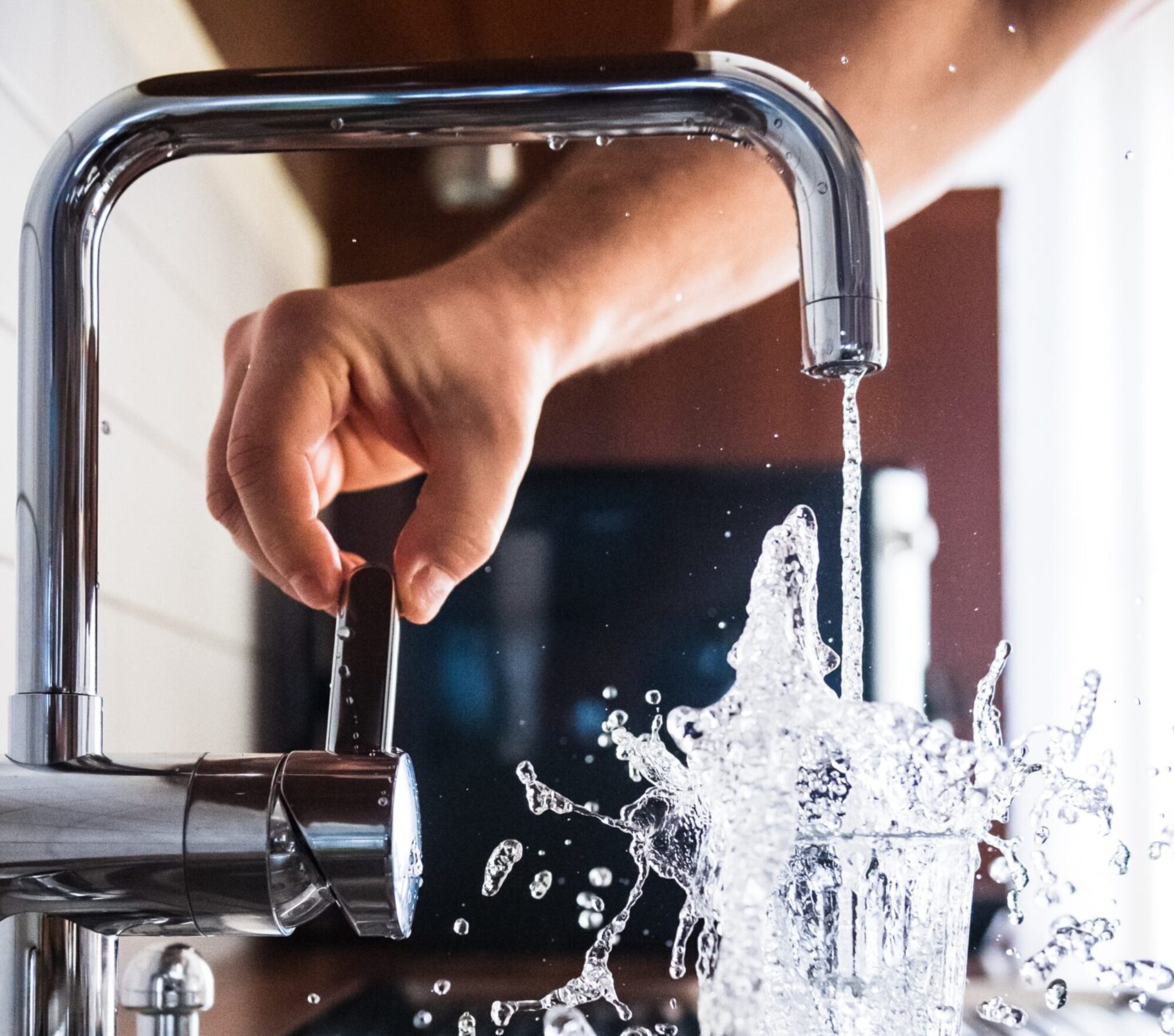Lead Pipes
Providence, like many older cities, has a significant number of older homes and buildings with lead pipes or plumbing fixtures that contain lead. Lead pipes were commonly used in plumbing systems before the 20th century, and their continued use poses a risk of lead leaching into the water supply. Approximately 23,000 houses have lead water lines in the Providence area.
How bad is lead to myself and my family?
There are no safe levels of lead in drinking water. Note: You cannot boil lead out of the water as it is a toxic metal not a bacteria.
Side Effects Of Lead
- neuroglial effects/ development delays/ learning disabilities in children
- behavioral issues
- anemia
- cardiovascular problems
- kidney damage
- fertility issues
- pregnancy risks
- gastrointestinal issues
- lead is a suspect in the etiology of dementia
How does lead get into water?
Lead can enter drinking water when it leaches or dissolves from lead-containing plumbing materials into the water. Near by construction can also knock loose lead containments from the water lines into your water.

What has Providence been doing about this issue?
Well the water doesn’t start off with lead in it. That’s a good start at least. The city has been treating the water to make it less corrosive in an attempt to prevent the toxic lines from leaching into the water. They have also been attempting to replace the water lines with specialty programs. The replacement can’t happen fast enough as any level of lead can be dangerous. So what can we do?
Water filters, when properly selected and maintained, can be effective in reducing or removing lead from drinking water. The level of effectiveness depends on the type of filter and its specific capabilities. Here are some key points to consider:
- NSF/ANSI Certification:
- Look for water filters that are certified to meet the NSF/ANSI Standard 53 for lead reduction. This standard ensures that the filter has been independently tested and verified to effectively reduce lead levels in water.
- Activated Carbon Filters:
- Many common household water filters, such as activated carbon filters, can reduce lead. Activated carbon has the ability to adsorb (attract and hold) lead particles. However, the effectiveness of activated carbon filters may vary, and they may have limitations in removing lead in certain circumstances.
- Reverse Osmosis (RO) Systems:
- Reverse osmosis systems are highly effective in removing lead from drinking water. RO systems use a semipermeable membrane to filter out contaminants, including lead. They are often recommended for households with higher levels of lead in their water.
- Ion Exchange Filters:
- Some water filters use ion exchange technology, which can be effective in reducing lead levels. These filters replace lead ions with less harmful ions, such as potassium or sodium.
- Faucet-Mounted and Pitcher Filters:
- Faucet-mounted and pitcher filters are convenient and can be effective in reducing lead levels. However, their capacity and flow rates may be lower compared to under-sink or whole-house filtration systems.
Take Action now! Free Water Test Kit
- Get Educated
- Test Your Water
- Install a Water Filter

